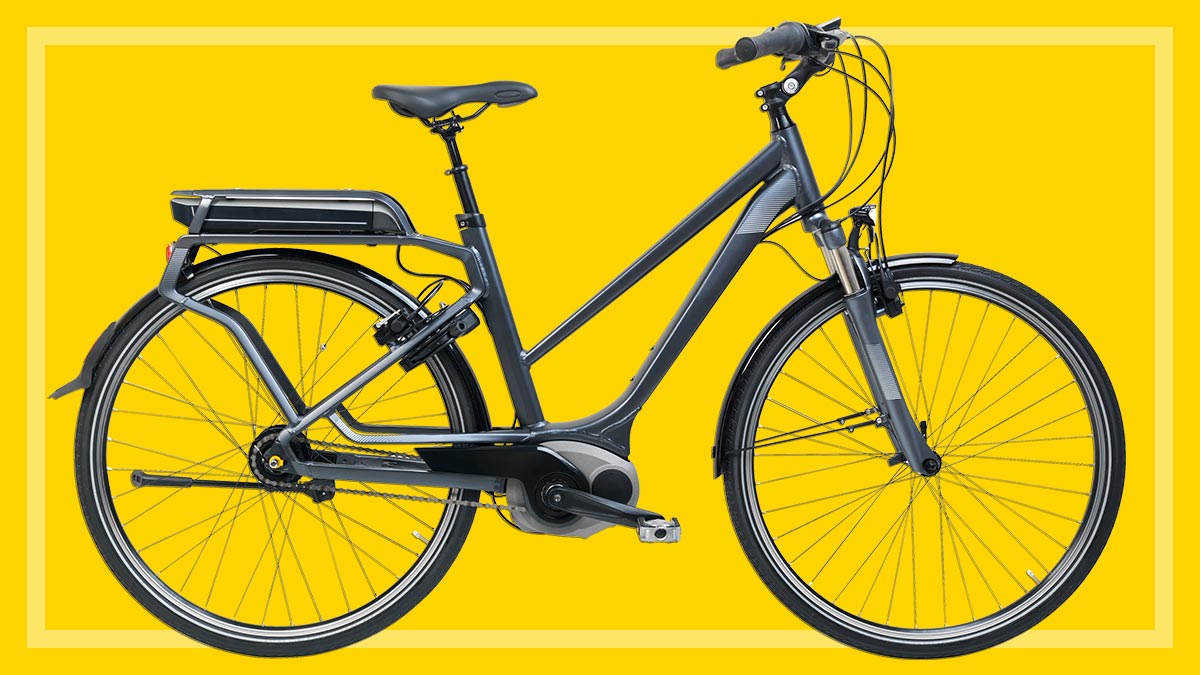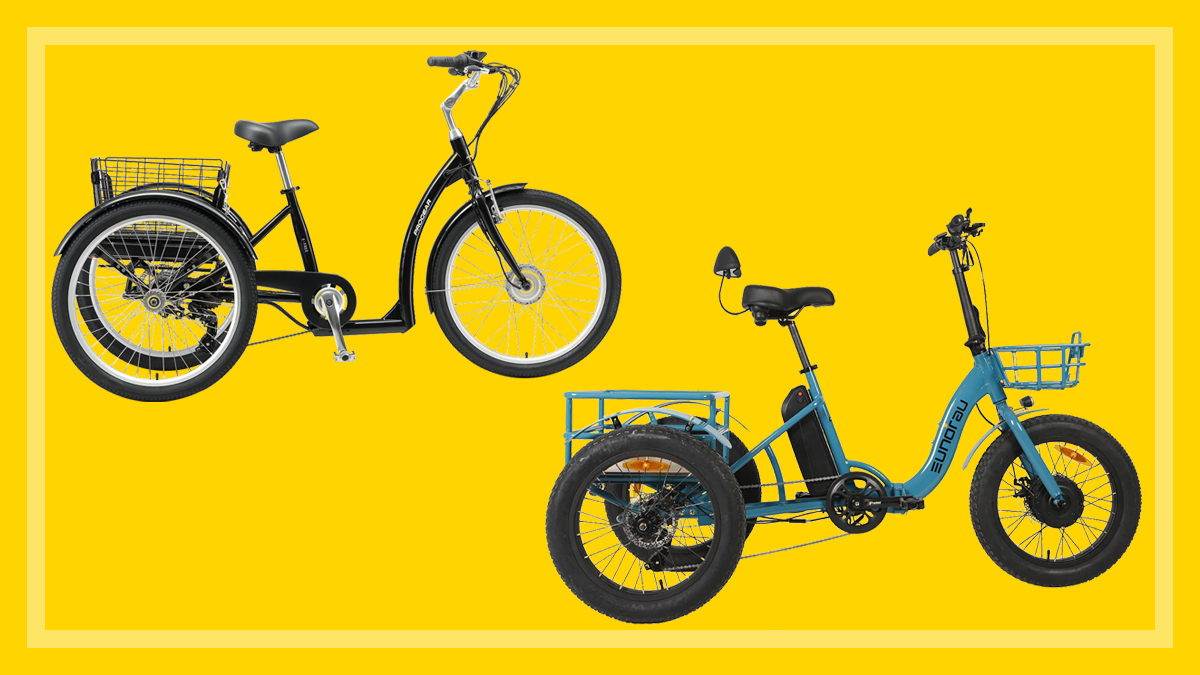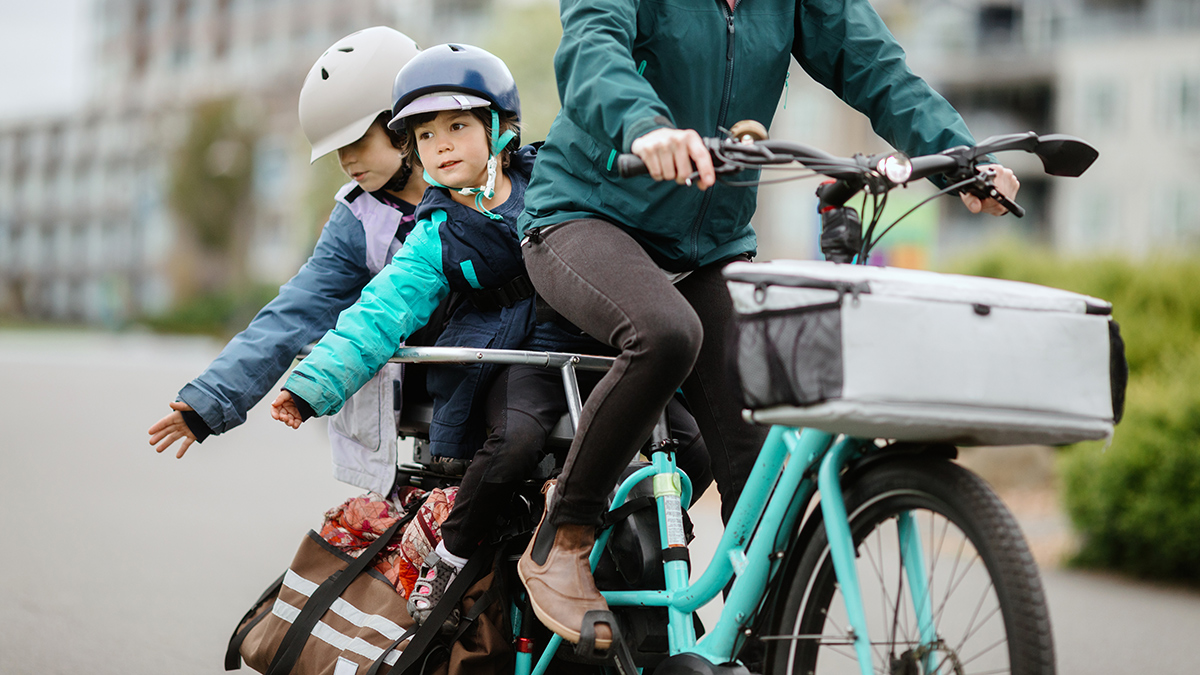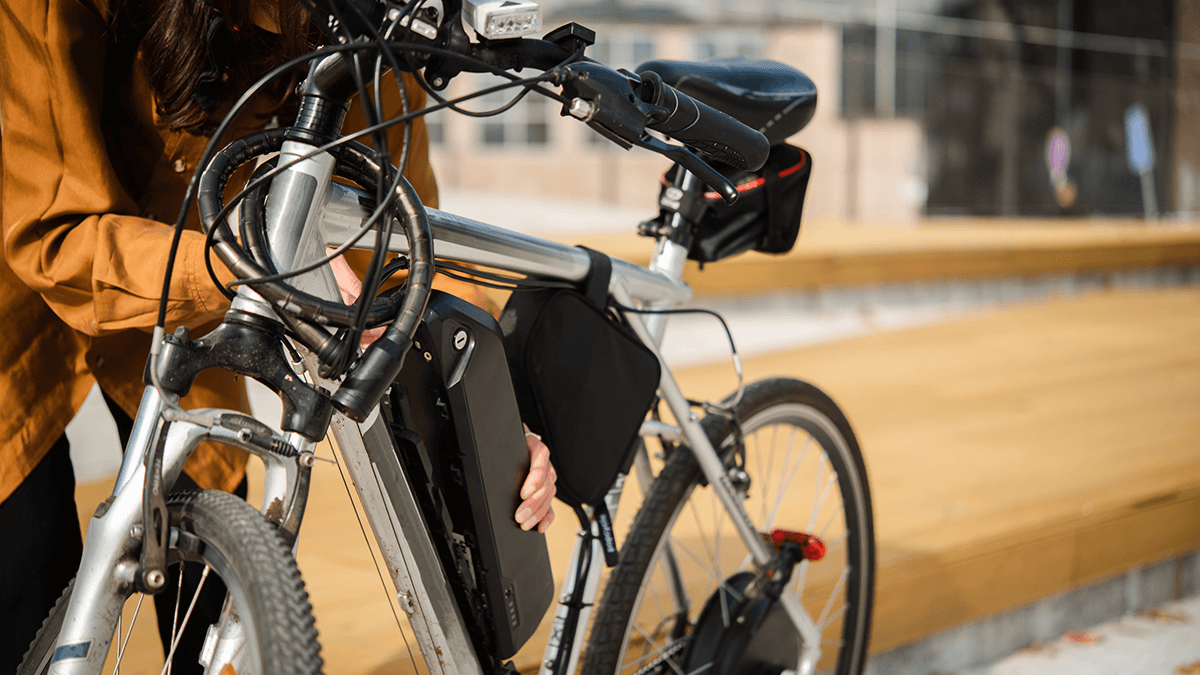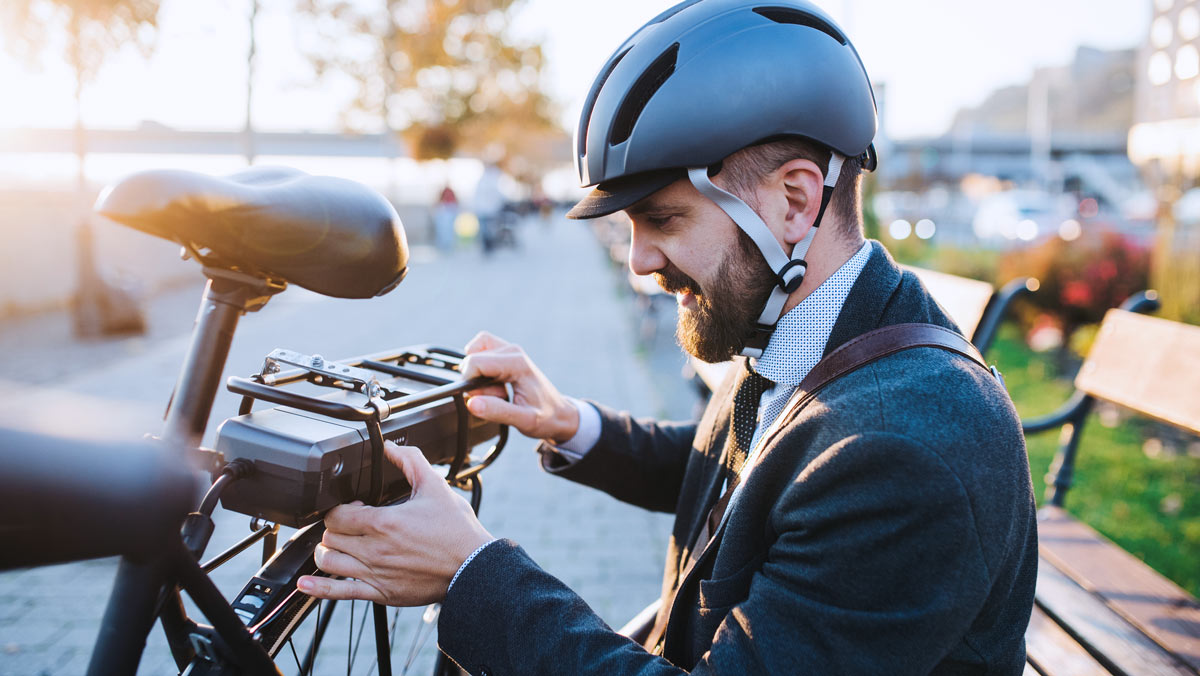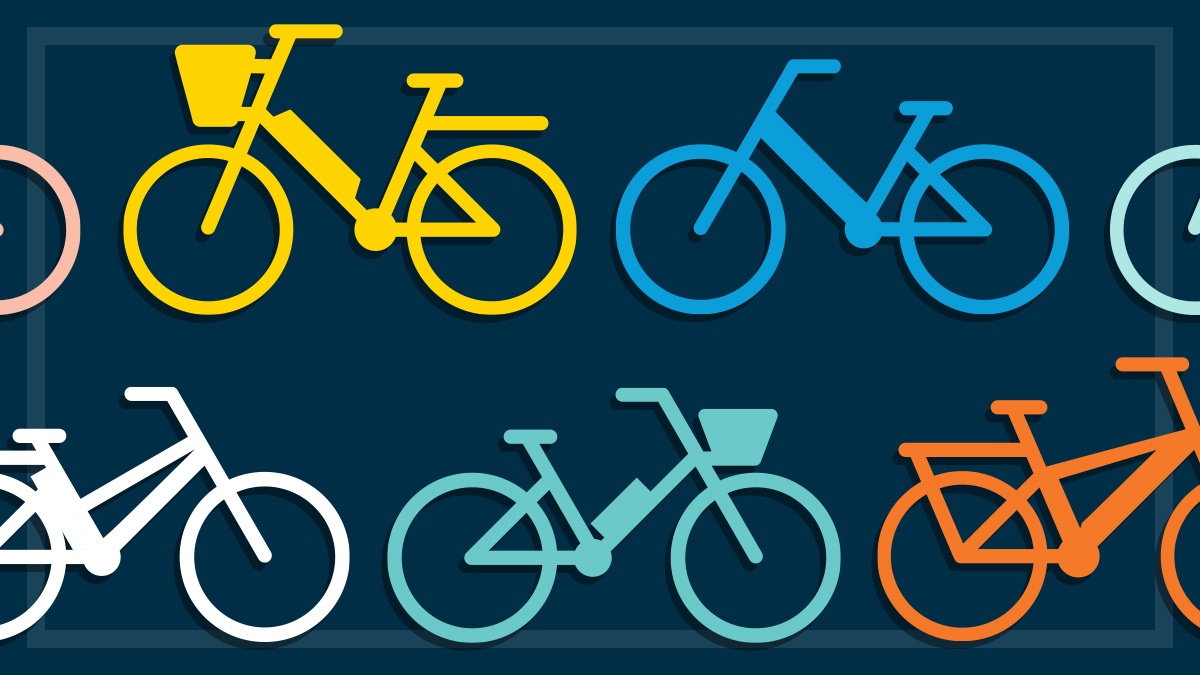Get our independent lab tests, expert reviews and honest advice.
How to buy the best folding bike
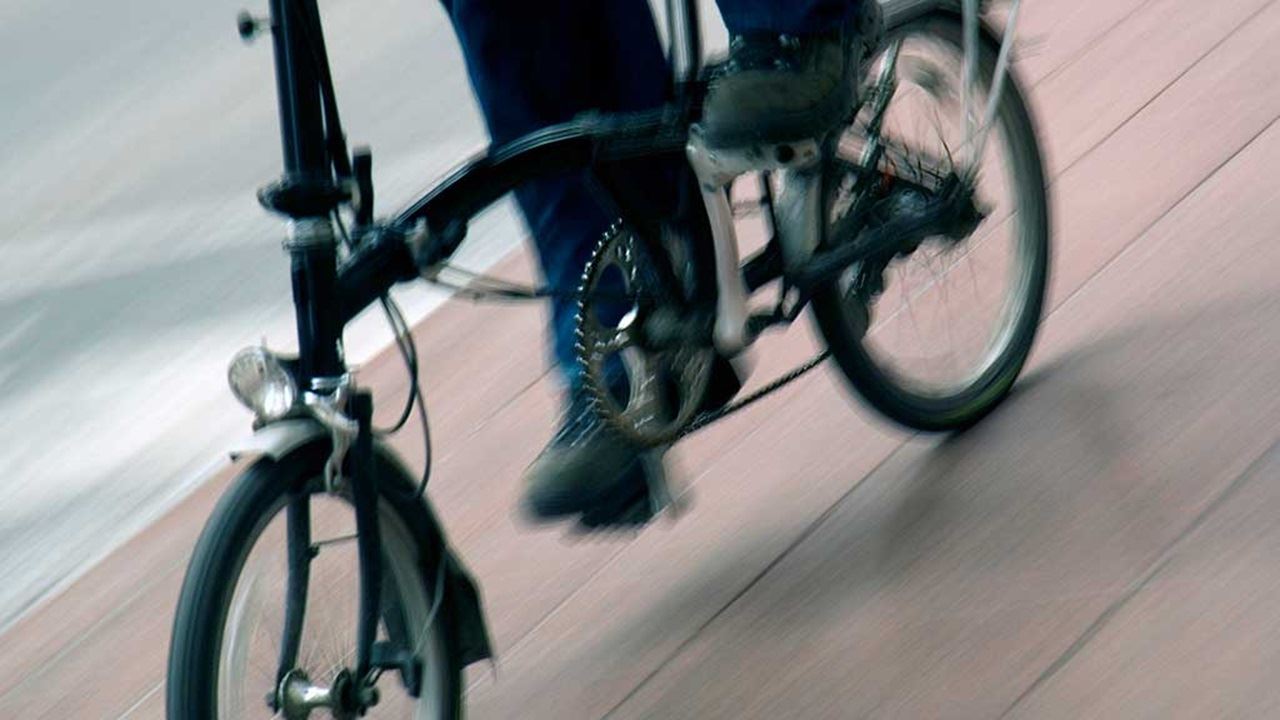
Commuting by bicycle is an ideal way to incorporate exercise into your lifestyle.
On this page:
- Benefits of riding a folding bike
- Is a folding bike right for you?
- What to look for when buying a folding bike
- How much do folding bikes cost?
Benefits of riding a folding bike
It’ll keep you fit, save the costs of running a car, not to mention help the environment. By avoiding a 20km drive to work each day, you’ll save 1.3 tonnes of greenhouse gases a year.
A folding bike offers all these benefits while introducing more options and greater flexibility. For example, if you want to combine public transport and cycling, it’s a lot easier to manage a folded bike on the train or bus than a regular bike.
They’re much easier to store at work as well.
Apart from commuting, a folding bike can also be handy if you don’t have much storage space at home, if you like the idea of putting one in the car boot and driving to a suitable riding place, or for convenience when travelling by plane or train to exotic cycling locations.
Here’s what to look for if you’re in the market for a folding bike, starting with the most important question of all.
Is a folding bike right for you?
Folding bikes address some of the issues facing bicycle riders who are short on space or want to cycle in conjunction with public transport. But dollar for dollar, you’ll get a much better quality of bike overall if you buy a regular bike rather than a folder.
More and more train stations in Australian towns and cities are installing bike lockers – storing a regular bike in one of these may be an option if you don’t need the bike at the other end. Even buses with bike racks on them are becoming an option in some areas.
For a commuting ride of only a kilometre or two, an alternative to a bike could be a folding scooter. These days you can get ‘grown-up’ versions of the micro scooters, with larger wheels providing a more comfortable and potentially safer ride.
But if you’ve decided it’s folding bike or bust, read on to discover what you should be looking for.
What to look for when buying a folding bike
Quick and easy to fold up and unfold
You don’t want to be standing covered in scratches and grease with a half-folded bike as your bus roars past. Try it out in the shop, but keep in mind it might take a while to get the knack. Bikes that fold with the chain enclosed inside will be less likely to get grease on your clothes.
Light and portable
Try walking while carrying it folded. There’s more to portability than weight alone, and if you have to hold a chunky folded bike way out to one side to avoid it dirtying your clothes, even the lightest bike becomes awkward. Can you wheel it when it’s folded? Does it lock together when folded, or do you need to strap it closed? Can it stand up when folded?
Size
You’ll want a bike that folds up compact enough to have with you when you sit on the train or bus. Some have an optional carry bag, which will help protect it and prevent it from dirtying you, other people and other luggage. As an indication of what’s acceptable size-wise, passengers on Queensland’s Citytrain services are allowed to carry folding bikes any time (including peak hour), providing they’re in a travel bag not exceeding 79 x 59 x 36cm.
Comfortable and stable to ride
Keep in mind that with its small wheels, less sturdy frame and high seat post, a folding bike feels different from a regular bike and might take a little getting used to. The acid test is to corner one-handed while signalling with the other. If you’re using the bike for short rides, mainly to connect with public transport, ease of folding and carrying may be more important than the quality of the ride. But a bike that’s not much fun to ride won’t be ridden at all.
Easy to maintain
Apart from an occasional service and adjustment of gears and brakes, the main thing you’ll probably need to do is repair punctured tyres. Given that most folded bikes don’t have quick-release wheels, this makes repairing a puncture rather awkward if you’re out and about – although you could just fold it up and jump in a taxi. Because the wheel sizes are smaller than on regular adult bikes, you’re advised to carry spare tubes with you, as you might not be able to buy them easily in an emergency.
Good right from the start
Some folded bikes may not come especially well assembled, and could do with some fine-tuning to get the wheels true (spinning without a wobble) and all the components operating as smoothly as possible. Get the shop to do this for you if possible.
Equipped with useful features
These can include mudguards (a good idea if you’re not just a fair weather rider), and luggage racks. Some racks can carry panniers, which can be useful. Other bikes (such as the Brompton) have a special carrier. But some folding bikes aren’t cut out for carrying luggage at all.
How much do folding bikes cost?
The price of a folding bike tends to start at $400 and go up to $2000.

